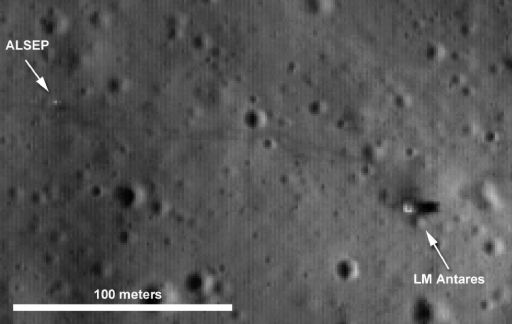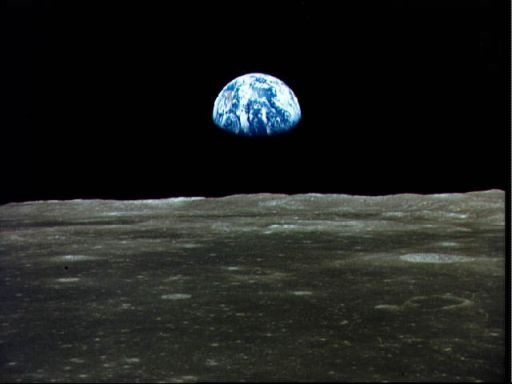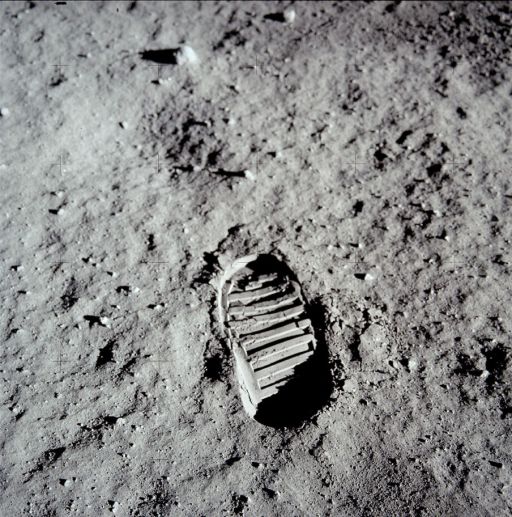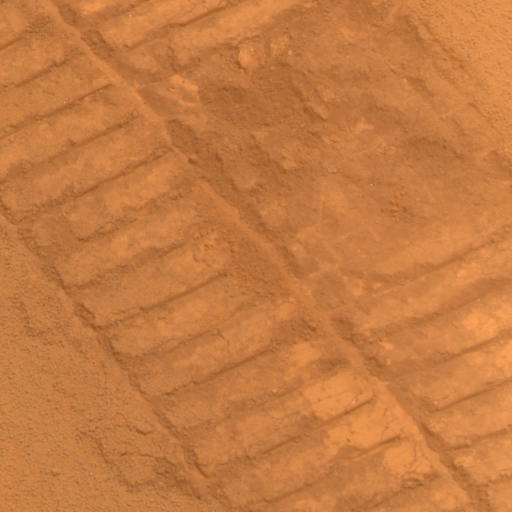Jim Bell • Jul 20, 2009
To the Moon, Alice?
by Jim Bell
Lots of people will be reminiscing this week about the events of July, 1969, when a daring trio of astronauts risked it all to capture the world's attention and make the dreams of a fallen President, and a rudderless nation, a reality. Forty years ago NASA achieved the impossible, and humans walked on another world. The magnitude of the achievement has not weakened with the passage of time. Centuries from now, the voyage of Apollo 11 may very well be one of the few things that school kids will be expected to know about the 20th century. With all this nostalgia in the air, it's tempting to wonder if Apollo 11 and the five other Moon landings that followed between 1969 and 1972 were the apex of our trajectory as a spacefaring species. Are we destined to celebrate only our past glory days of reaching for and touching the stars?

NASA / Goddard Space Flight Center / Arizona State University
Apollo 14 Landing Site
Lunar Reconnaissance Orbiter Camera (LROC) image of the Apollo 14 landing site, showing the lunar module (LM) and the Apollo Lunar Surface Experiment Package (ALSEP), instruments which were deployed by the astronauts. Tracks left by the astronauts over 38 years ago can be seen running between the two.Check out Remembering Apollo 11
Special Coverage from The Planetary Society
Our exploration of the solar system cannot continue indefinitely to be exclusively in the virtual, robotic mode, however. The advantages and efficiencies of robotic exploration dwindle as the scientific and technological needs of explorers advance from the strategic to the tactical. The next level of critical questions beyond basic characterization are much deeper: Where did that asteroid come from? Are the materials deep inside that comet the same kinds of water and organic molecules that seeded the early Earth? How did that hill form, and what are the implications for the past history of the planet? Is there life out there? These are logical, next-step kinds of questions that scientists and explorers are starting to ask, and the deepest questions are already about places like Mars and the Moon, where our robotic vanguard has already allowed us to understand many of the basic facts. Answering -- or at least trying to answer -- these kinds of Big Questions requires judgment, intuition, creativity, field experience, and a broad grasp of context, among other things. It is not yet possible to program these kinds of skills into robots, and indeed it may never be possible to do so. We know of only one system programmed to think like that: the human brain.
If we are serious about continuing to be a species of explorers -- and who could deny that? -- then it is inevitable that while we will always need robotic scouts, people must eventually follow in their tracks. Asking if people will go back to the Moon, or visit the asteroids, or travel to Mars and beyond, is academic. We will, and we must, or else we'll stop seeking answers to the Big Questions. We'd stop being explorers. We'd stop being human. To the Moon, Alice? You betcha -- it's in our genes.

NASA Johnson Space Center (NASA-JSC)


 Explore Worlds
Explore Worlds Find Life
Find Life Defend Earth
Defend Earth



